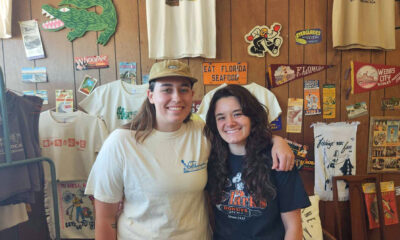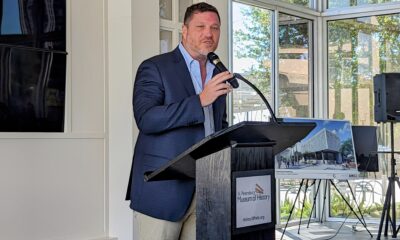Create
‘The beauty of the West is unbelievable’: A conversation with Tom James
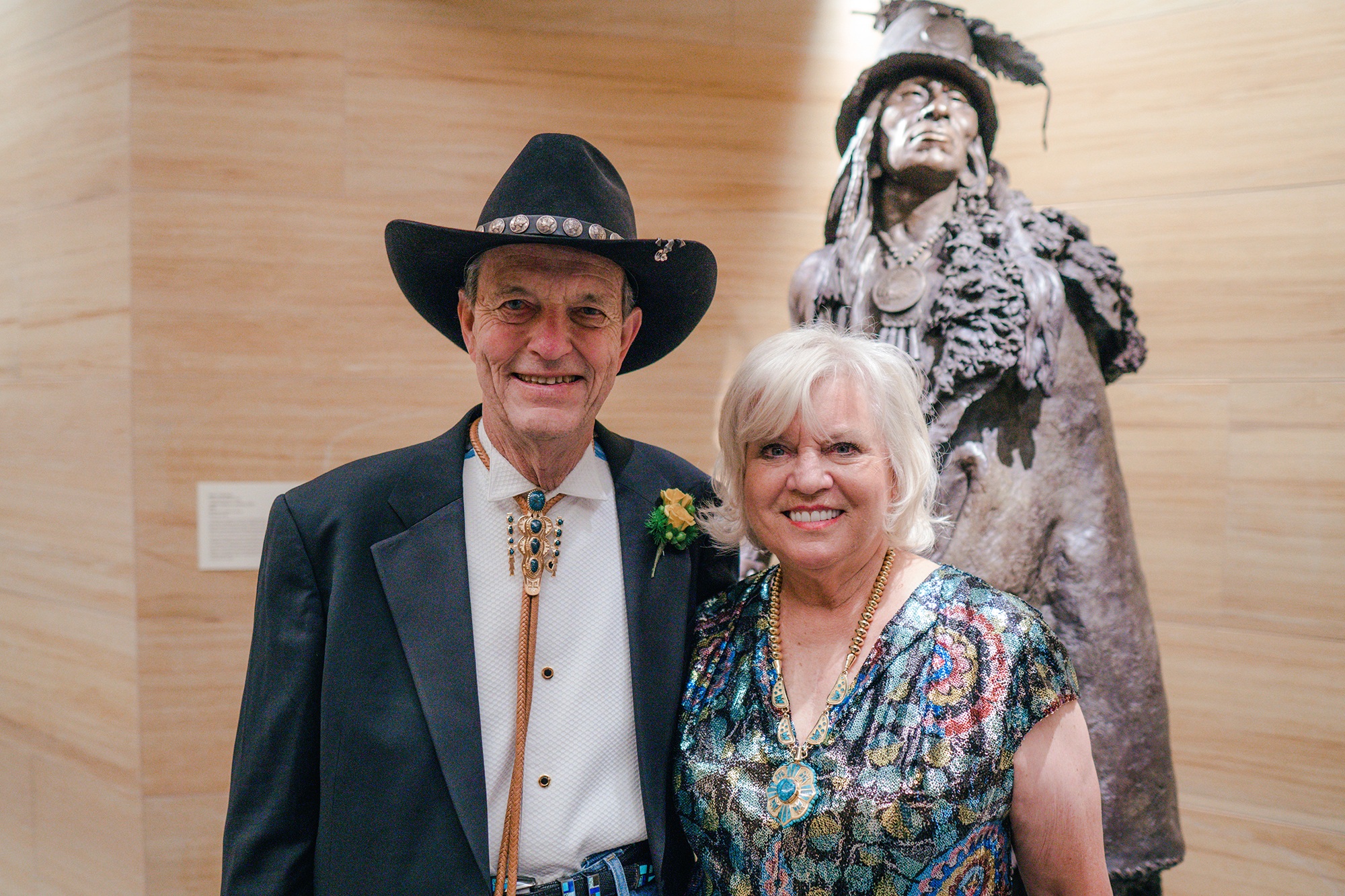
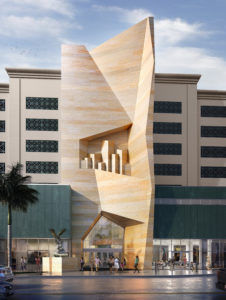 It’s been almost a year since the $75 million James Museum of Western and Wildlife Art opened in downtown St. Petersburg, and Tom James is talking about a new article in Forbes that describes his collection of contemporary paintings and sculpture as “great art – elevating well beyond any specific category – and that has a place anywhere.”
It’s been almost a year since the $75 million James Museum of Western and Wildlife Art opened in downtown St. Petersburg, and Tom James is talking about a new article in Forbes that describes his collection of contemporary paintings and sculpture as “great art – elevating well beyond any specific category – and that has a place anywhere.”
James, the former CEO and Chairman of the Board of Raymond James Financial, is pleased that the writer, who took a prearranged tour of the 30,000-square-foot museum – goes into detail on specific artists and their work. It’s not about James himself, whose net worth Forbes lists as $1.1 billion – or the money he spent on the place.
“I did not talk to the writer, but I couldn’t dream of how to make this better than he wrote it,” James beams.
Still, because he’s in the middle of a line item by line item review of the first 10 months’ reports, James is thinking – the way he does – about the bottom line, what worked and what didn’t work, what can be done better and what the goals should be for the future.
Attendance is strong, but it could be stronger. For James, getting the word out about the city’s jeweled crown of downtown museums and art galleries is key – St. Petersburg is an arts destination, not just a sunny, slow-paced place with beaches, boating and a booming tourist trade. The region’s local, national and even global advertising campaigns need to be re-thought.
“I will tell you,” he says, “we did a good job on the quality of experience. Almost everyone I happen to run into, or sees me and I don’t know them, says ‘I had no idea you had a museum and a collection like this. That was one of the best experiences I’ve ever had in a museum.’”
And that is a sentiment to which Tom James, chairman emeritus, art aficionado and museum owner, can relate.
Many people with art collections tell me they’re appreciators, not necessarily collectors. Which are you?
Tom James: I started buying art because I liked it, so sure I appreciated it. And the more I learned about it, the more I appreciated it over time. Over time you build knowledge about the artists, about the great diversity of different kinds of subject matter, and the methods of painting or sculpting. It’s a real hobby; you get involved in that just like you do with other hobbies. So I would tell you it has a little bit of collectorship in it, and it has a lot of appreciation – because if you didn’t like what you were doing, you wouldn’t have spent as much time on it as you did.
So how did all this collecting stuff start?
Tom James: I started collecting, with my wife, when we were in college in the Boston area. We would go off and visit all these sites, and get interested in the surroundings. So we were buying landscapes to start with, or seascapes. And it was in the winter – I’m a Floridian, and I’m not used to seeing any winter. We wandered off about every Sunday afternoon, somewhere. So I learned a lot about the region at the same time I was there. The surroundings were different. Then we went into Vermont and New Hampshire to the college campuses, met the artists in residence and started buying some of their art. We’d get interested in the various art associations and groups, and meet the artists. We didn’t spend a lot of money then.
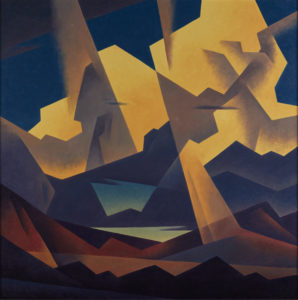
Ed Mell,
High Desert Clouds, 2013
What was it about Western art that spoke to you?
Tom James: We’re flatlanders out here in Florida. We’ve got water surrounding us. But mountains are a whole different perspective. You get out there and you see the beautiful mountains, and you look down from them into the valleys, look across the great expanse of say, the Great Divide, and that’s beautiful. It’s beautiful partly because it’s different from what you’re used to. In the winter or the summer.
We first went out there to ski. My wife was already a skier, and my skiing experience was limited to following a boat, holding onto a rope. So we already had this habit, wherever we went, of going into galleries or museums and looking at the art. In Colorado, Utah and Arizona, we got interested in those artists, and they were painting cowboys, Indians and Western landscapes. And boy, the beauty of the West is unbelievable. Even driving down from Colorado to Santa Fe, and seeing all the different kinds of topography along the way, it’s quite an experience. So you want to buy some things that remind you of that, perhaps. And I got interested in cowboys and Indians from going to Western movies starting when I was 12 years old. There was fantasy about it, and there was realism about it. And you kind of had to separate the two, but it was still fun to watch the fantasy, too.
For me, it wasn’t a big step forward to meet the artists who were painting about the West, many of whom were Native Americans. Getting to learn about their lives, about what they were doing and how they learned to paint.
You’ve said that your intention was always to open the museum in St. Petersburg. Why?
Tom James: I grew up here, I always enjoyed everything that St. Petersburg offered – from the sun and the beaches to the athletic events and the performing arts centers. And I grew a company here that became very successful. When I took over as CEO of our company, we were doing less than $2 million in revenues, and now it does 7 ½ billion. We basically hired people who were smart here, and trained them ourselves. We couldn’t attract experienced people, simply because we were too small, and nobody knew our name at first. It was only in the last 25 years that I really could hire people out of Wall Street or Chicago or Boston. But I did hire graduates out of the best business schools, like I went to. I brought them down here, and gave them opportunity, and kinda threw ‘em in the water before they knew how to swim. And they became successful and helped build a great company.
I felt I owed the community. And the firm is dedicated to helping build the infrastructure in the Greater Tampa Bay area, so that it attracts and supports high-quality employees in our marketplace. So (the museum) is kind of consistent with everything that I was doing; it wasn’t an independent kind of thing, ‘Hey, I’ll do a museum.’ I wanted to give it to my hometown.
That got heightened by the fact that I was brought on the board of the Dali Museum 26 or 27 years ago, for the purpose of getting the founder and donor of the art (Reynolds and Eleanor Morse) to cooperate with the local business people who were serving on the board, before it was a museum, to actually turn it into a museum. The founder really didn’t care if we were a museum, he just wanted to aggrandize the reputation of Dali, his friend.
I was very close to the Morses by the time I became head of the board, which was about 18 or 19 years ago.
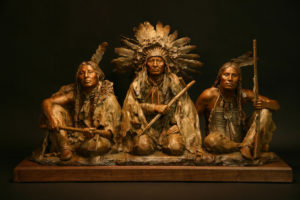
Coleman, John: 1876, Gall-Sitting Bull-Crazy Horse; 2008; Bronze
So I built the new Dali Museum. What did that mean? That meant I got exposed to all the people on that side of the business, architects that had designed museums, contractors that had built museums … when you do that, and you know all those people, it makes sense you would give them a chance to do it again when you thought they did a good job. And the vast majority of them did, so I re-hired ‘em when I decided that I wanted to do a gift to the community that would be more permanent than just having a collection in my firm.
When you exhibit the art in the right way, it gives it a whole new perspective and appearance. In the Dali, I was flabbergasted by how much better the art was presented when you built a real museum that was consonant with Dali’s personality. And did some things to remind people of what things meant to Dali himself.
I did the same thing with the Western Museum. I’ve been to all the Western museums, well, most of them, and been through the back areas. I’d spoken to boards of trustees at some of those museums about the art of managing a museum. So all that stuff just coalesced into an idea that we could do a museum here that would complement the Dali. We knew it would never be as successful as the Dali, because he’s an icon.
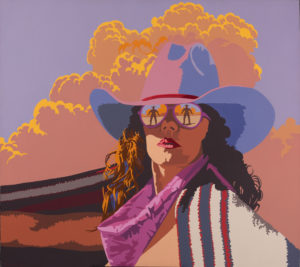
Schenck, Bill. Oh, You Wanted To See My Guns?, 1991. Oil on canvas
As you say, context is everything. One of the coolest things about the James Museum is the way it’s designed like Southwestern steppes and canyons. Right when you walk in, you’re in the thick of it. It just feels right. It’s not just cold, sterile walls with stuff on them.
Tom James: What Yann Weymouth, our architect, did at the Dali was try to design the outside features into being interesting enough not only to attract people to go and see the architectural features, but then to extend into the inside the feel of what you were trying to present in the museum.
I couldn’t have a statue garden because there wasn’t enough land in the middle of downtown St. Petersburg, so I built that arroyo at the opening, which was meant to look a lot like a small, narrow canyon. We looked at all kinds of stone from around the United States, and Yann found a sandstone that was being mined in India – not in Indian country, in India – that had the striations of the stone in the southwestern United States. So if you were riding in Arizona, you’d see these layers of the different sediments that existed as the mountain, or the bluff, was built up. We tried to reproduce that on the exterior and the interior of the museum, to link the outside with the inside.


